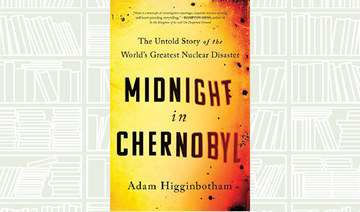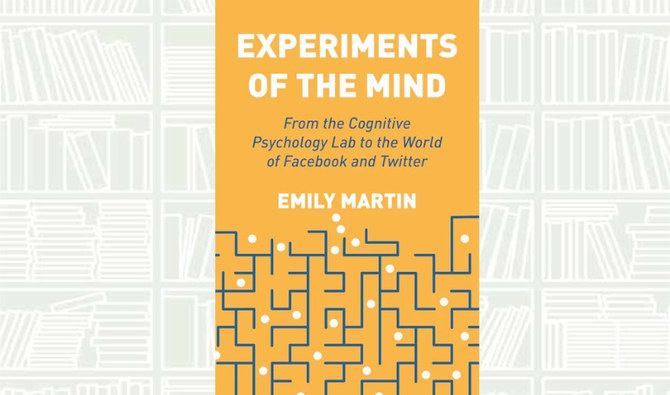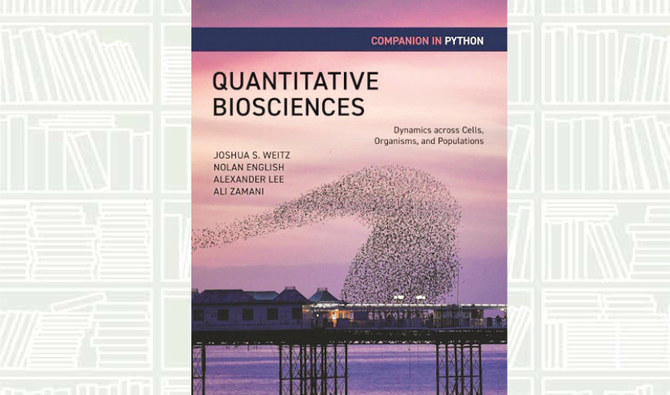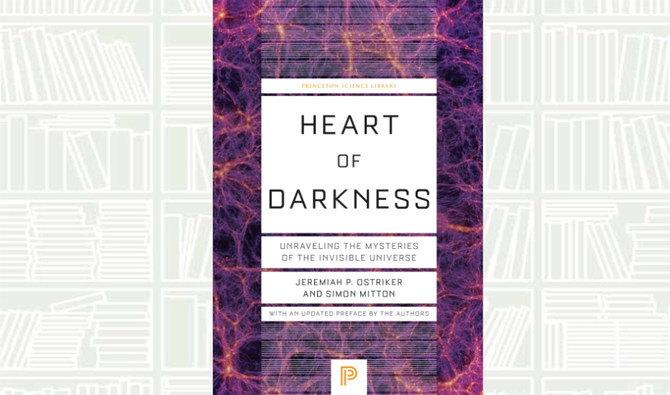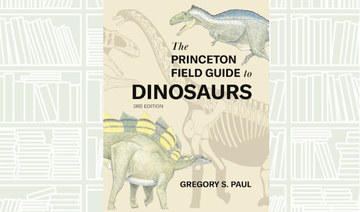Author: YUVAL NOAH HARARI
Yuval Noah Harari’s bestseller, Sapiens, aims at providing a general history of us, Homo Sapiens, and our ancestors, reaching back as far as 2.5 million years ago.
It is a book bound to appear on a large number of coffee tables and favorite lists.
“Just about everything you want to know about humankind is skimmed through in 400 dashing pages,” said a review published in goodreads.com.
“Fascinating tidbits to peak your interest are sprinkled throughout. Everything complicated is made simple,” the review said.
Hariri “seemingly optimistic that economic globalization will create a world-empire that will do for the globe that Rome did for Europe, but constantly bewails the effect we have on the world, chronicling extinctions and such,” it added.
A review published in The Guardian said: “Much of Sapiens is extremely interesting, and it is often well expressed. As one reads on, however, the attractive features of the book are overwhelmed by carelessness, exaggeration and sensationalism.”





